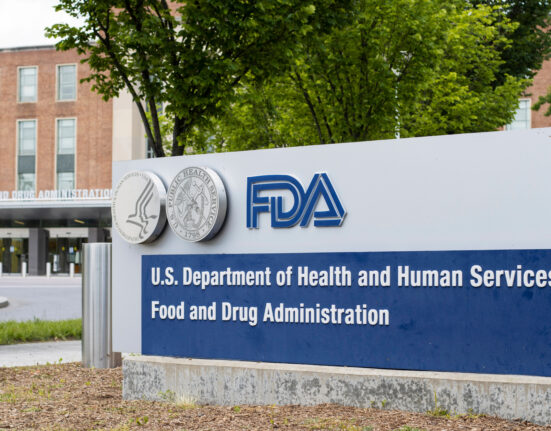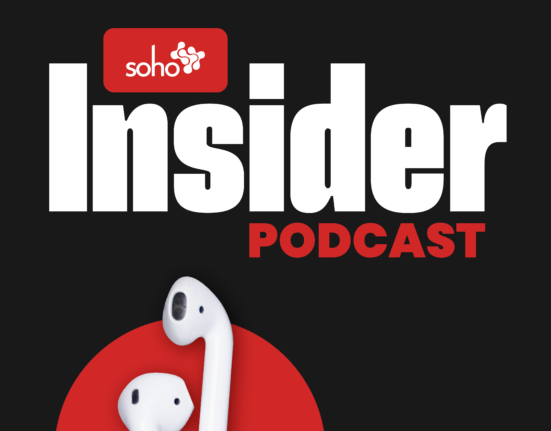By Kerri Fitzgerald
Odronextamab monotherapy resulted in a 48.3% overall response rate in patients with diffuse large B-cell lymphoma (DLBCL) who had progressed after chimeric antigen receptor (CAR) T-cell therapy.
Despite the efficacy of CAR-T therapy, nearly half of patients with relapsed or refractory DLBCL will relapse after this treatment, and subsequent median survival is just five months. Max Topp, MD, of the Universitätsklinikum Würzburg in Germany, and colleagues sought to assess potential subsequent treatment options for this patient population. They published the study findings in Blood.
The researchers assessed a cohort of 60 patients from the phase 1 ELM-1 study who had progressed following CAR-T therapy. Patients were treated with the CD20×CD3 bispecific antibody odronextamab intravenously weekly for four cycles followed by maintenance therapy until disease progression.
Median patient age was 63 years, and patients had received a median of three prior therapies; prior CAR-T therapies included axicabtagene ciloleucel (60.0%), tisagenlecleucel (16.7%), lisocabtagene maraleucel (10.0%), and investigational CD19-directed CAR-Ts (13.3%). Nearly half of patients had progressed within three months of CAR-T, and two-thirds progressed within six months, “indicating a highly refractory patient population with a significant unmet need,” the authors noted.
After a median follow-up of 16.2 months, the complete response (CR) rate was 31.7%, and median time to response was 1.8 months. Median duration of response was 14.8 months, and median duration of CR was not reached. Response rates were generally similar across different prior CAR-T products.
Median progression-free survival was 4.8 months, and median overall survival was 10.2 months.
All patients reported at least one treatment-related adverse event, and half (48.3%) experienced cytokine release syndrome, though no cases of immune effector cell-associated neurotoxicity syndrome occurred. Grade ≥3 infections occurred in 12 patients (20%).
“Given the lack of treatment options in this patient population, the results of this study support the potential use of odronextamab as an off-the-shelf treatment option after CAR-T therapy,” the authors concluded.
Reference
Topp MS, Matasar M, Allan JN, et al. Odronextamab monotherapy in R/R DLBCL after progression with CAR T-cell therapy: primary analysis of the ELM-1 study. Blood. 2025;145(14):1498-1509. doi:10.1182/blood.2024027044







